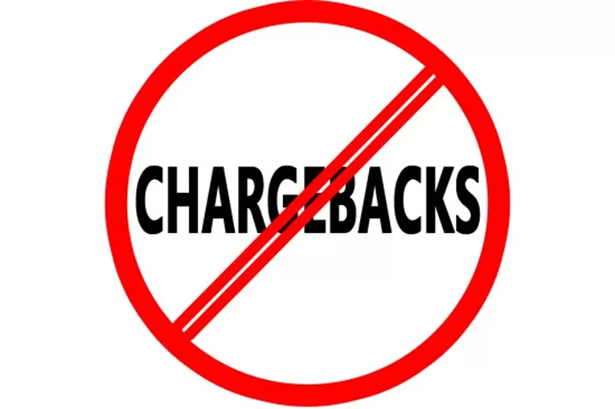Shared services are when a business consolidates its support functions to better serve the corporation and its business units. Typically, this includes services such as human resources, finance and accounting, information technology, and other front and back-office services.
By consolidating these services into a centrally managed organization, businesses can achieve efficiencies that would otherwise be difficult to achieve with decentralization. These efficiencies could be consistency in processes and reporting, or they could be reduced costs.
The Problem:
This all sounds good until these shared services organizations become viewed as overhead, rather than revenue-generating businesses. When this happens, companies start talking about:
- Dissolving/decentralizing the shared service to give control back to the business. Doing this destroys the efficiencies the company was trying to achieve and therefore hurts the shared service. I would not recommend this.
- Creating shared services chargebacks models where the shared services are charged as an expense to the businesses so that the corporation can see the true Profit & Loss (P&L) of a line of business after the cost of shared services.
Chargebacks must be based on a unit cost and unit of measure. Doing this can generate some interesting discussions because you are able to know how much each business is consuming of a shared service. The problem is the unit measure of consumption is often completely inaccurate. Choosing the unit of measure is more difficult than it might seem. Some companies like to use:
- Business revenue: the problem is revenue may not be an accurate representation of the level of effort the shared service has to expend to support a business line. E.g., Higher revenue may or may not make HR’s job more expensive.
- Business’ number of employees: Like revenue, the number of employees may not affect the effort expended by the shared service. IT’s cost for laptops may directly correlate to the number of employees, but the cost of IT’s data centers will not correlate to the number of employees.
Charge back of shared services are typically “above the line” and directly impact a business’s gross margin and therefore directly impact their P&L. Because of this they will directly affect a business’s ability to meet financial performance, objectives, and bonuses.
Because of this charge backs will become a major distraction as businesses naturally start to focus on why the shared services unit of measure is inaccurate and should not be a burden to their business (e.g., I don’t have 10,123 laptops, I only have 10,100, so the data is totally invalid). In addition, they will focus on the cost per unit because it is far too expensive (e.g., I can purchase services directly from the cloud provider for less than you’re charging my business). This will result in the shared services constantly spending time educating the business and justifying the number of units and cost per unit.
All these discussions about unit cost and units of measure are a total waste of energy and time. It doesn’t help the shared service or the businesses operate any better. It just creates unnecessary overhead as both areas work to defend their position every month.
Recommendations:
Rather than dissolving a shared service or resorting to “above the line” chargebacks. I would recommend using one of the following two approaches instead:
- Develop show-back models that, like chargebacks, are based on a unit cost and unit of measure. However, a show-back model is where the costs of a service are displayed to the business using that service, but they are not charged for it. This will promote cost awareness and accountability. Show back is intended to inform the business and allow them to adjust their behavior to reduce shared services usage and cost. This will be better accepted than “above the line” chargebacks, because it will not impact their P&L.
- Chargeback shared services “below the line” as part of the Net Profit calculation rather than “above the line”. Because it occurs below the line it does not impact their financial performance, objectives, and bonuses. This reduces the amount of time arguing and justifying the units of measure and costs because doing so doesn’t help or hurt the line of business. In addition, it still allows the corporation to see the cost of the line of business after it is burdened with the cost of the shared services.
Conclusion:
If the corporation wants the efficiency of a shared service and the ability to see a business’ fully burdened costs, the best options are to use show backs or to do chargebacks “below the line”. Doing so will provide all the benefits of shared services and cost visibility without the nonvalue-added noise caused by charging back shared services “above the line”.
If you need some help to make this happen or want to understand more about this? Schedule time to chat with me and discuss my offerings. I’ll be happy to talk. Calendly – Andy Smith

